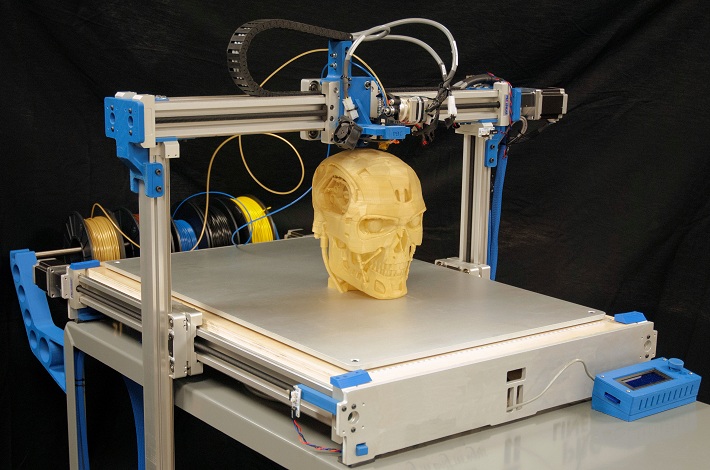One of the most popular types of 3D filaments available nowadays is TPU (thermoplastic polyurethane). TPU belongs to a class of plastics that has many important properties such as transparency, elasticity, resistance to abrasion, grease and oil, thus making it one of the best filaments for various types of 3D printing.

Depending on the application, TPUs are either: polyester-based, polyether-based and polycaprolactone-based. Polyester-based TPUs are derived from adipic acid esters, and they’re typically used to resist hydrocarbon and oil. Polyether-based TPUs, on the other hand, are derived from tetrahydrofuran ethers, and they’re typically used in wet environments. Lastly, polycaprolactone-based TPus are derived from thermoplastic polyurethane elastomer and they’re resistant to hydrolysis.
The main advantages of using TPU 3D printing filament are its resistance to abrasion, its elasticity, its ability to perform at lower temperatures than other filaments, and the mechanical properties it provides. To get a better idea of what the TPU 3D printing filament feels like, it’s basically a hybrid between soft silicone and hard plastic. Even though it’s not as popular as ABS and PLA filaments, it outperforms them when it comes to flexibility, which is sometimes necessary when crafting bending prototypes.
TPU filament usually comes in 3mm or 1.75mm diameter. You can store them in cool, airtight containers that can feature a desiccant pack so that the filament remains dry. Additionally, the container will prevent dirt and dust particles from entering, so that you can use the filament anytime you want. Even though some types of TPU filaments are water-resistant, constant contact with water can still degrade them.
TPU filament should be printed in the range of 30 to 50mm per second. The layer thickness should be higher than 0.1mm and the extrusion temperature can range between 200 and 220 degrees Celsius, while the bed platform should be heated around 80 to 100 degrees Celsius. It’s recommended that you print flexible TPU on direct extruders, but you can print them on Bowden extruders as well. TPU filaments can adhere well to most surfaces such as Kapton tape, aluminium, glass and blue painters tape, and it’s always recommended to print in a well-ventilated room.
Some of the common uses for TPU filament is in designing caster wheels, sporting goods, power tools, medical devices, drive belts, automotive instrument panels, inflatable rafts, medical devices and a wide range of sheet and extruder film applications. TPU is also great for creating cases for mobile devices like phones and tablets. Simply put, TPU is great for a lot of things due to its outstanding toughness, durability and flexibility that other materials like rubber and plastic lack.



